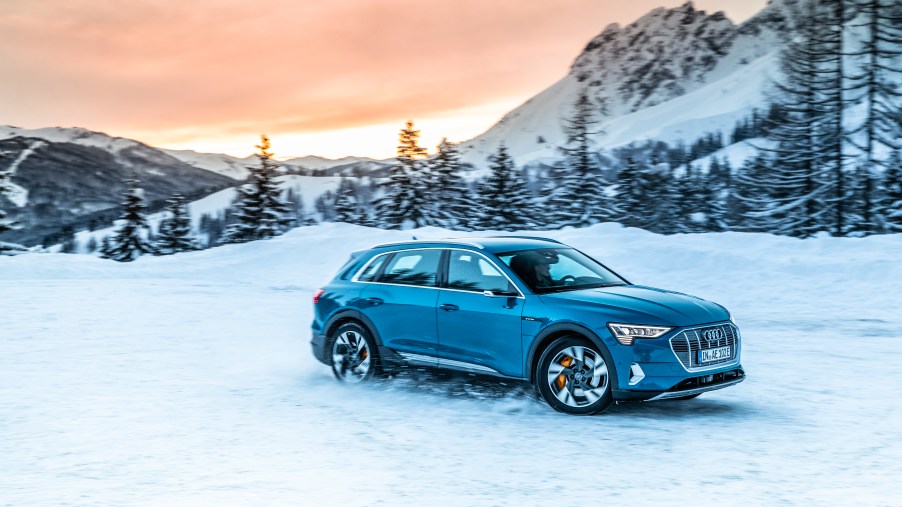
Here’s Why All-Wheel-Drive Systems Aren’t All Equal
When shopping for an all-wheel-drive car or SUV, it can get downright confusing at times since manufacturers not only have different types of all-wheel-drive systems, but they also have their own names for them. The good news is that most of these all-wheel-drive systems are getting more and more advanced as time goes on.
So while the terminology and the technology can be confusing, knowing the AWD vehicles currently in the market will help keep you and your family safe in almost any kind of weather. In order to help clear things up a little, we’ll break it down and attempt to demystify a few of the more well-known all-wheel-drive systems on the market today. Don’t worry; we won’t get too technical.
Subaru’s Symmetrical All-Wheel Drive
Subaru has been historically known for having all-wheel drivetrains on almost all of its models. The brand’s Symmetrical All-Wheel Drive system refers to the powertrain setup in which the longitudinally mounted engine is mated to the transmission, which is hooked up to a driveshaft that runs down the middle of the car. With this system, which is aided by sensors and computers, power can be evenly distributed between the front and rear wheels (50/50, 80/20, etc.), depending on the situation.
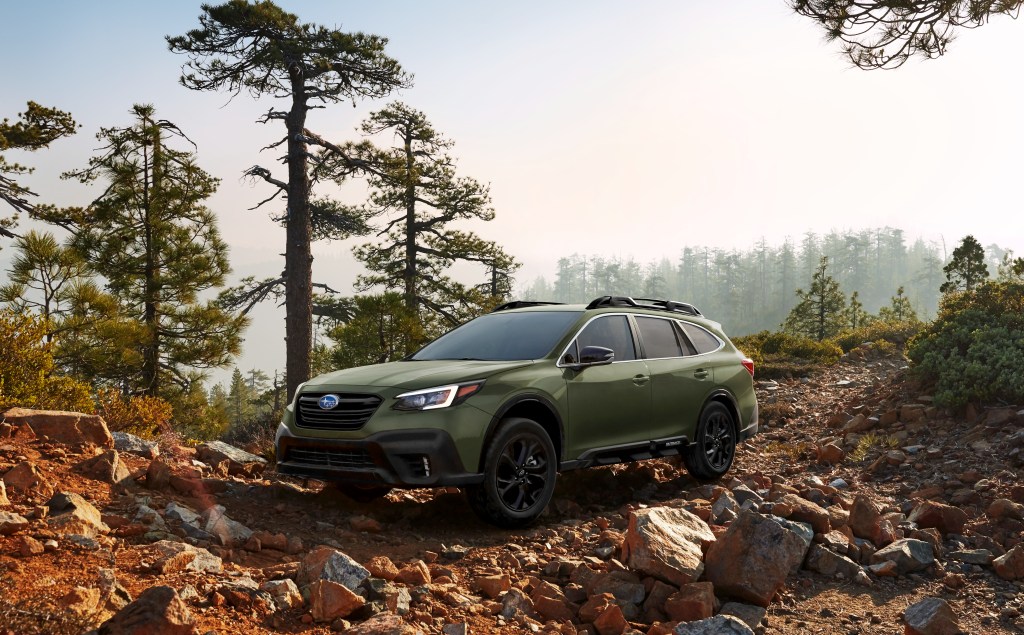
Audi’s quattro system
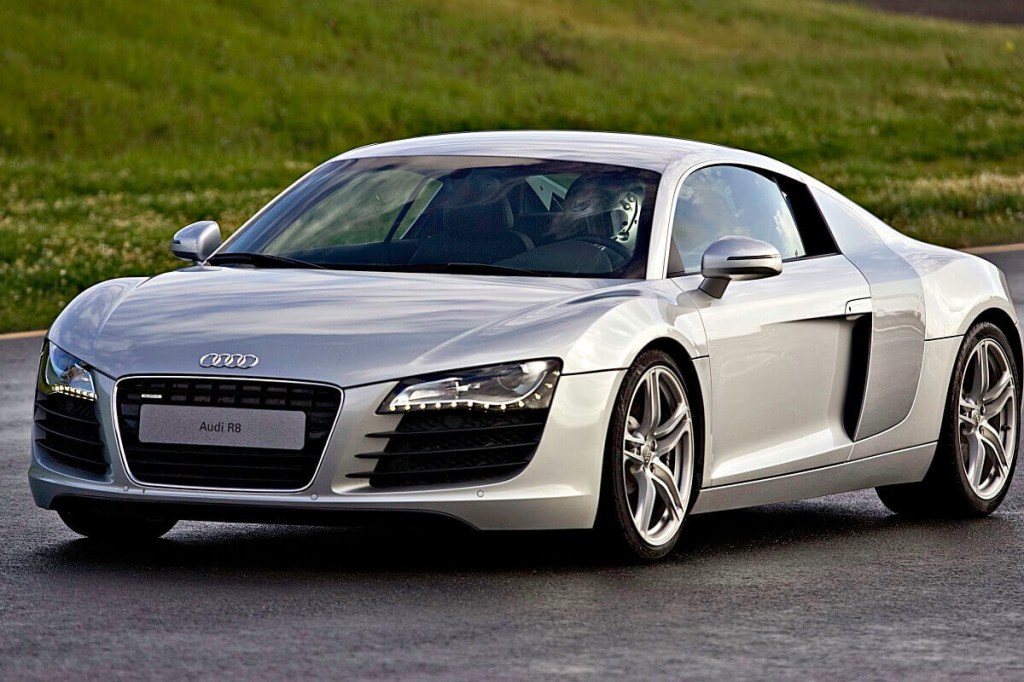
Audi’s Quattro all-wheel drive system is perhaps the most widely known and the most advanced. Derived from performance applications, thanks to Audi’s racing heritage, the quattro system uses a number of advanced electronic control systems to find the most traction by responding instantly to each individual wheel speed. It then sends power to the wheels with the most traction in order to maximize handling and acceleration in any corner, even on wet or icy surfaces. With this system, up to 100 percent of the power can be shifted to the front or rear wheels when needed.
Acura’s Super Handling All-Wheel Drive (SH-AWD)
The main highlight of Acura’s Super Handling All-Wheel Drive system is its capability to vector torque between each of the two rear wheels and channel up to 70 percent of power between the front and rear axles. This system works well for performance applications because it biases toward the outside rear wheel in a turn, mimicking all-wheel-steering and allowing the car to “rotate” more easily and keep it pointed in the intended direction.
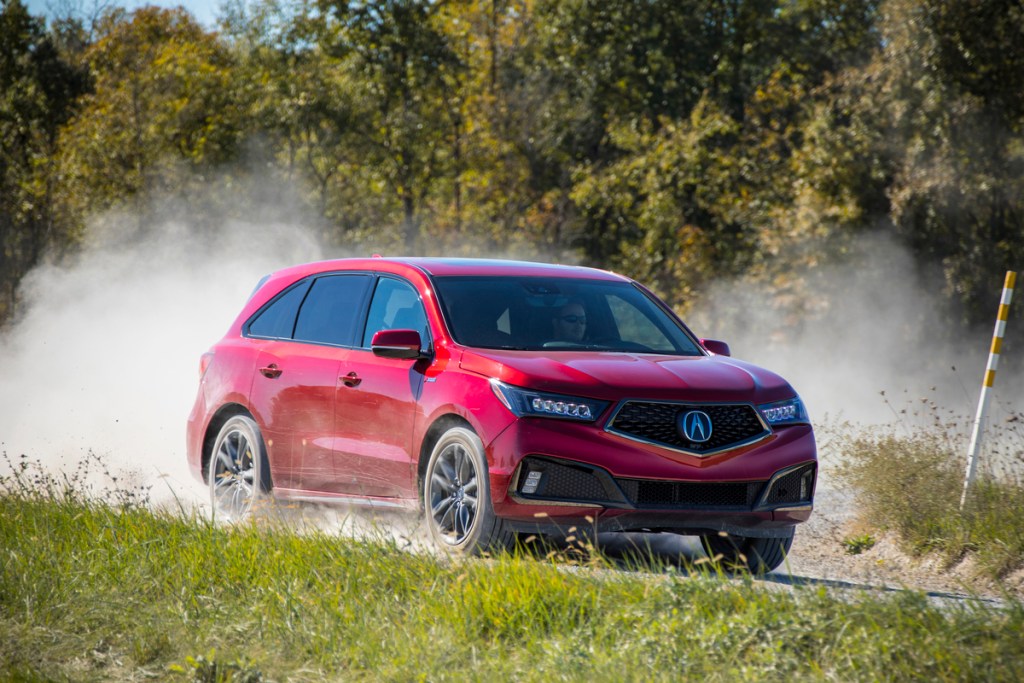
Ford’s Intelligent All-Wheel Drive
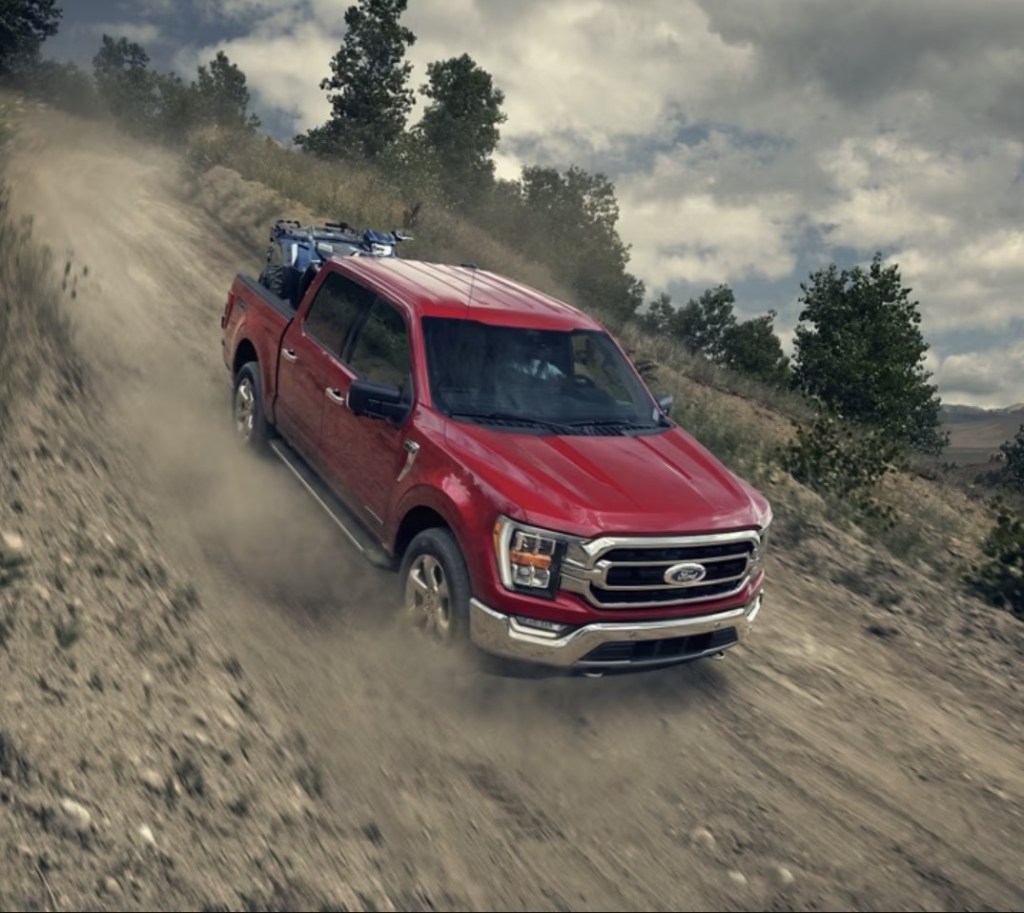
Just like Audi’s quattro system, Ford’s all-wheel drive system can send up to 100 percent of the power to either the front or rear wheels, which helps greatly in snowy or wet conditions. The “intelligent” part of the system comes via computer aids that can assess road conditions almost instantly and compensates for oversteer and understeer.
That wasn’t too bad, was it?
While these over-simplified explanations lay out what each of these all-wheel drive systems do, know that each one uses the same basic components; a transmission, a driveshaft, differentials, and the car’s brakes to take care of the mechanics of the system. Computer systems and sensors take care of the rest.
Think of it like your arms and legs being controlled by your nervous system, which in turn is controlled overall by your brain. Regardless of which all-wheel drive system you use, know that they are all designed to find the best traction and keep you safe, no matter the road conditions.



